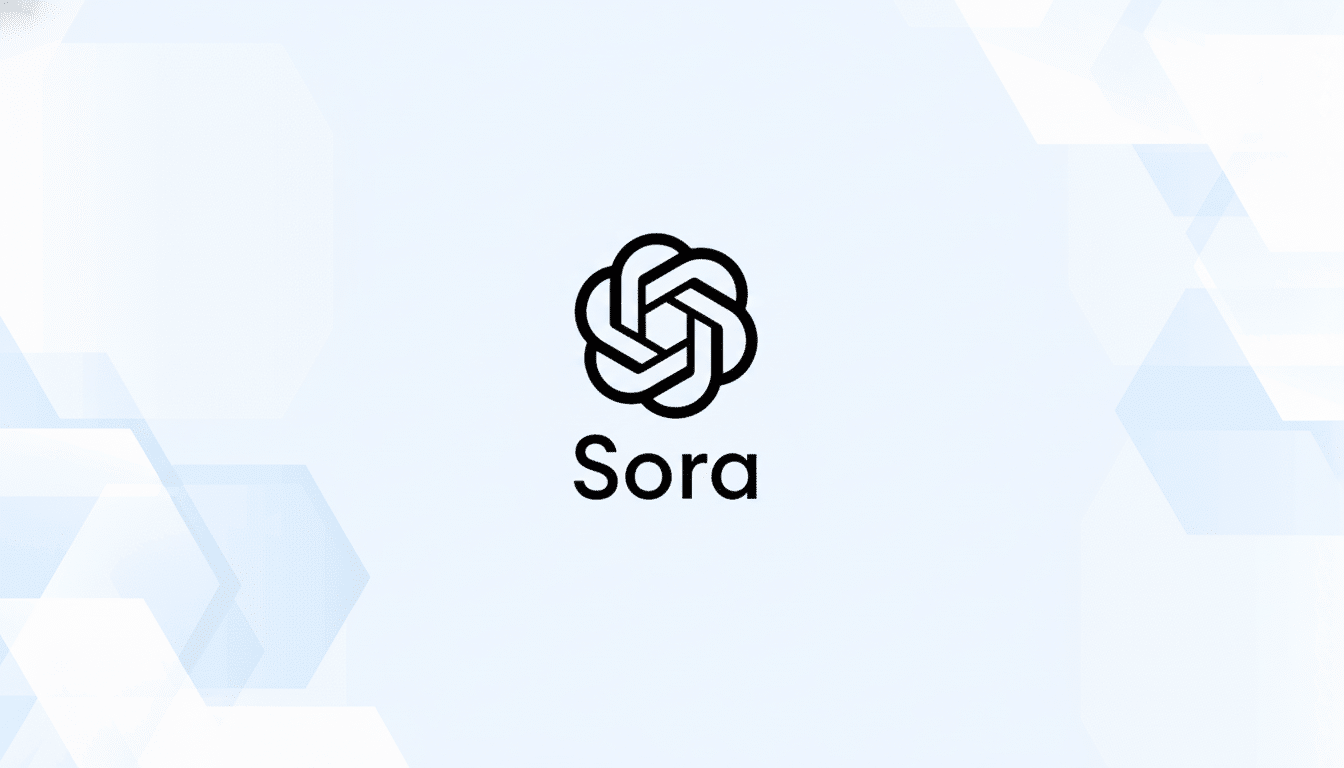Fal.ai, a startup building an AI infrastructure that can process image, video, audio and 3D models for developers to use in their own products, has raised new financing which values the company at over $4 billion, according to people familiar with the investment. The round is valued at about $250 million, according to multiple people familiar with the matter.
Kleiner Perkins and Sequoia are among the lead backers in the deal, these people said. Fal.ai and the companies named did not immediately respond to a request for comment about the alleged raise.

Why Multimodal Infrastructure Is Hopping
The market for multimodal AI systems — which generate or understand text, images, video and audio — is growing at a clip. It’s video in particular that is driving compute-hungry demand. The explosive growth of consumer-facing video generators such as OpenAI’s Sora, which quickly moved up app store charts, suggests a lasting appetite for tools that transform prompts into rich media.
As app developers race to meet that demand, many of them would rather plug into hosted inference stacks than build their own fleets of GPUs and infrastructure for orchestration. That’s the wedge Fal.ai’s goal: Provide self-service AI as a service so that teams can ship features without fighting with GPU provisioning, model serving or tuning latency.
A Closer Look Inside Fal.ai’s Multimodal AI Platform
Fal.ai offers hundreds of image, video and 3D models that can be accessed through APIs or a serverless hosting option, with enterprise-level dedicated clusters available. The company also touts a focus on customization, giving customers full control to adjust models according to brand style, product catalogs or even vertical-specific content.
Under the hood, Fal.ai operates a fleet of thousands of Nvidia H100 and H200 GPUs dedicated to low-latency inference. In media generation, it’s all about throughput and memory bandwidth — especially since today’s customers will demand higher resolutions, longer clip lengths and near-instant previewing. The company describes its stack as optimized for speed at scale, a key differentiator when just hundreds of milliseconds can be the difference between artistic flow and endless frustration.
Customer Traction and Key Use Cases Across Sectors
Fal.ai has customers that span the gamut from indie developers to large enterprises, including Adobe, Canva, Perplexity and Shopify. Typical workloads include fast ad creative generation, e‑commerce product images and video, localization of marketing assets and game asset creation for live ops.

For instance, a retailer could auto‑generate on‑brand product videos in several aspect ratios and languages (just sayin’), then A/B test those variants at scale without the need for time-consuming studio shoots. Game studios can spin up stylized character art or environment passes during prototyping, while creative suites can bake generative features directly into editors — all without each customer reimplementing the serving stack.
Competition and Economics Shaping the AI Infra Market
Fal.ai’s competition ranges from hyperscale clouds with native AI offerings and specialty GPU vendors like CoreWeave to developer platforms that serve open and proprietary models. Investors argue Fal.ai’s laser focus on media and multimodal loads — instead of generic LLM hosting — is what allows it to take the mantle on latency, price‑performance, and developer ergonomics.
The economics are nuanced. Margins are driven by GPU prices, scheduling efficacy and model serving density. Serverless AI is appealing for bursty workloads, but high‑volume users often negotiate reserved capacity with service‑level agreements to maintain predictability of unit costs. As stated recently by Stanford’s AI Index, compute concentration is increasing and the availability of top-tier accelerators is still a strategic choke point that can meaningfully distance winners from the field.
Deal Context and What to Watch as Fal.ai Scales Up
Fal.ai had previously raised nearly $200 million, according to PitchBook. Its current investors include venture firms Bessemer Venture Partners, Kindred Ventures, Andreessen Horowitz, Notable Capital, First Round Capital, Unusual Ventures and Village Global.
Established in 2021 by Burkay Gur, who was a machine learning lead at Coinbase and an engineer at Oracle, and Gorkem Yurtseven, formerly a developer with Amazon, the company initially concentrated on scaling up Stable Diffusion for production. It has since evolved into a full‑stack host for media and complete non‑textual models with configurability at its heart.
Key watch items: whether Fal.ai can continue to deliver sub‑second latency as video workloads scale, and benefit from long‑term GPU supply at attractive terms while embedding strong content provenance and watermarking to address brand safety and copyright concerns. Should the company execute, the reported $4+ billion valuation is pricing in not just today’s traction but what an outsized role media‑native AI infrastructure will play in next‑wave creative software.

